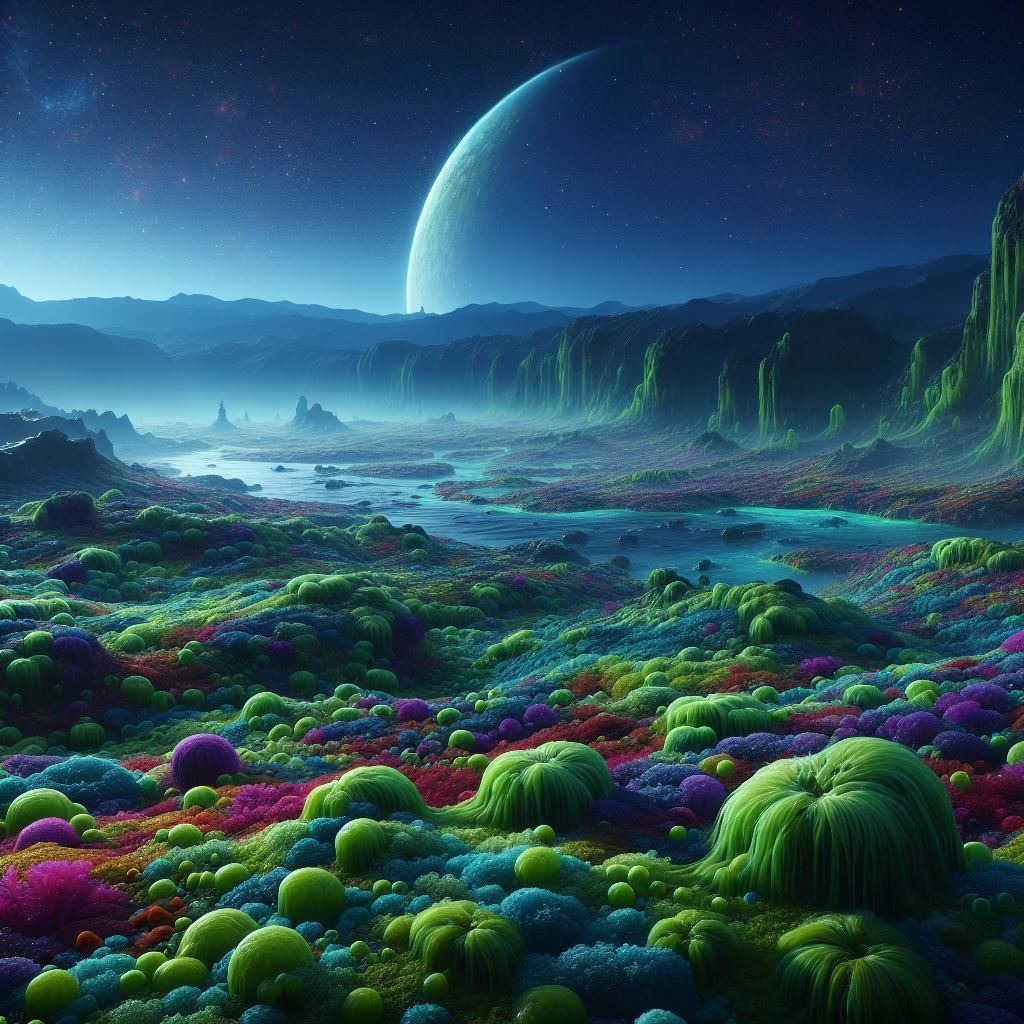
124 light years from Earth, in the dark vastness of the universe, an alien planet has unveiled a secret that could change our understanding of the cosmos forever. K2-18b, a distant and mysterious world, has shown chemical traces in the atmosphere of two compounds that, on Earth, are produced exclusively by life forms: dimethyl sulphide (DMS) and dimethyl disulphide (DMDS), molecules commonly associated with marine phytoplankton activity.
This extraordinary discovery was published by the University of Cambridge in The Astrophysical Journal Letters and is based on data collected by the space telescope James Webb. According to the researchers, this is the strongest clue ever observed of the possible extraterrestrial life on a planet outside our Solar System.
“The results are the strongest evidence yet that life could exist on an extrasolar planet,” says the University of Cambridge team. However, caution remains paramount: further observations will be needed to confirm the biological origin of these organic molecules.
K2-18b: An Ancient Knowledge, A New Hope
K2-18b is not a new name for astronomers. Back in 2016 and 2017, thanks to ESA and NASA's Hubble telescope, it was discovered that this exoplanet is a super Earth at habitable area of its star, where oceans of liquid water may exist. Early observations revealed the presence of water vapour, hydrogen and helium in its atmosphere.
However, 2024 had brought a setback: a new study by the University of California at Riverside team, led by Shang-Min Tsai, had cast doubt on previous interpretations, dampening global enthusiasm.
But now, as in every great epic tale, hope has resurfaced.
Footprints of Life: Carbon Molecules on a Distant World
The group led by Nikku Madhusudhan of the Cambridge Institute of Astronomy, in collaboration with the Space Telescope Science Institute and Cardiff and Birmingham Universities, found new and promising molecular footprints in the atmosphere of K2-18b. For the first time in history, they have been identified carbon-based molecules on an exoplanet in the habitable zonea potential indication of the presence of biological processes.
Observed concentrations are thousands of times higher than on Earth, and K2-18b is now classified as a “Iceano” - ocean worlds with an atmosphere dominated by hydrogen, ideal candidates for the search for life forms.
One Step from the Miracle, but the Road is Long
Science, however, demands rigour. At present, the probability that the molecules were produced by non-biological processes cannot be ruled out: the margin of uncertainty is 0.3%. In order to officially speak of a discovery of alien life, the uncertainty must fall to 0.00006%.
“Our work is only the beginning. It is the basis for all future investigations needed to confirm and understand these fascinating findings,” said Savvas Constantinou, co-author of the study.
Conclusion: Are We Alone? Maybe Not, But More Data Are Needed
The discovery of organic molecules on K2-18b marks a historic moment in the search for life beyond Earth. If confirmed, this discovery could be the first real window into a extraterrestrial biosphere, radically changing our place in the universe.
K2-18b is watching us from afar. And, perhaps, in that deep silence, something - or someone - is watching us in turn.